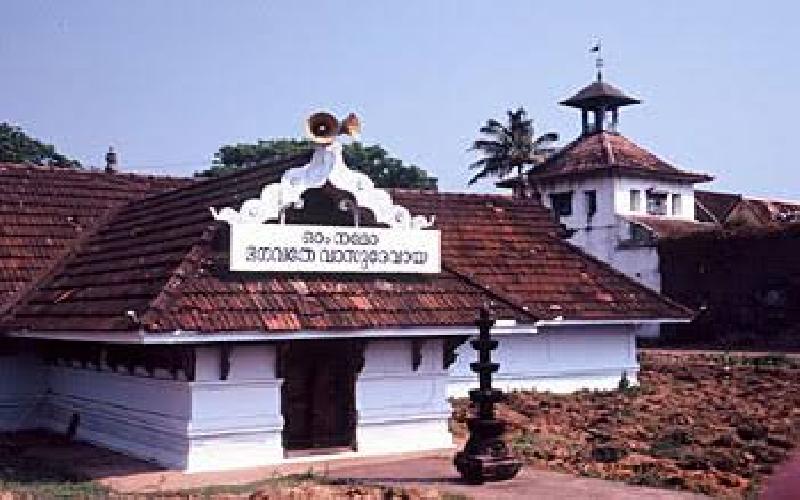Impact of rule of Portuguese in Kerala

Image Source - http://www.indianetzone.com/45/impact_portuguese_rule_kerala.htm
The Portuguese ruled in Kerala for nearly a century and a half. There were many effects caused by their rule. Read about them below.
The Portuguese were the first of European empires to establish a power system in India. They first arrived in Kerala, when Vasco da Gama set foot on Kappad beach in 1498. They then expanded their power slowly here and later shifted their capital to Goa, largely due to endless conflicts and battles with the local kings and the other European colonial powers with same aspirations. They were also the last colonial power to leave India, 14 years after the Indian Independence from Britain.
The Portuguese culture that dominated in the state for a century and half has donated lot of things to the Kerala culture as well. These are the primary changes induced by the Portuguese intrusion.
- The Portuguese limited the power of Zamorin who had been trying to establish a centralised power structure in Kerala. They created formed alliances with the enemies of Zamorin and triggered mutual hostility among the local kings.
It helped Mysore Sultans to conquer Kerala.
- The Portuguese encouraged agriculture and experimented scientifical and innovative reforms. They imported productive cocunut seeds and expanded the cocunut production. The coir trade also flourished. New vegetables and trees were introduced to Kerala including Papaya, Pine Apple, Cashew, Watermelon, Indian Beans and Guava.
- They introduced European style in architecture here, mainly in Churches and residential buildings. Bunglaws of Euopean model started to be built. The use of cosmetics and other items rose gradually. They also brought their style of dress here.
- The Portuguese popagated the use of European weapons and weaponry in Kerala. The building of forts got popular. Fort Manuel, built in 1503 at Kochi was the first fort in India built by Europeans. The Keralites learned to use and make guns and canons.
- The Portuguese focused on building new towns and markets. It led to the development of Calicut, Cochin and Chaliyam while old towns, such as Kollam and Kodungalloor, were relegated.
- They promoted Roman Catholicism and as a part of it, established colleges in Kochi and Angamaly. Portuguese and Latin languages were promoted. They built printing press at Kochi and Vypin.
- The art form of Chavittunadakam was a result of the blend of Protuguese and Kerala cultures. It has similarities with the classical art Kathakali.
- The Portuguese contributed many words to Malayalam. The language got new words such as Lelam, Chavi, Vijagiri, Alamara, Verantha, Mesha, Chaya, Kasera and Vikari from the contact with the Portuguese.
Let us know how you like this article. Like it and Rate it below.
2.57K
0
0
Thanks for rating this article
0 stars - by
0 user(s)

Hope to be an active member of Experts Column community.
Related Articles
767
Read about the major reformist movements in India here. They are the reason for abolishing many outdated systems here..
1.55K
There are similar practices that are more or less common to different streams of human civilizations that took root at different points of time in different continents. Mediation practices and several devotional rituals followed by Eastern Orthodoxy are also similar to Buddhist practices.
5.72K
The article speaks about the importance of the Kathgola Palace in Murshidabad. Lakshmipat Dugar and Dhanpat Dugar were the owners of the Palace in the Kathgola Gardens..

